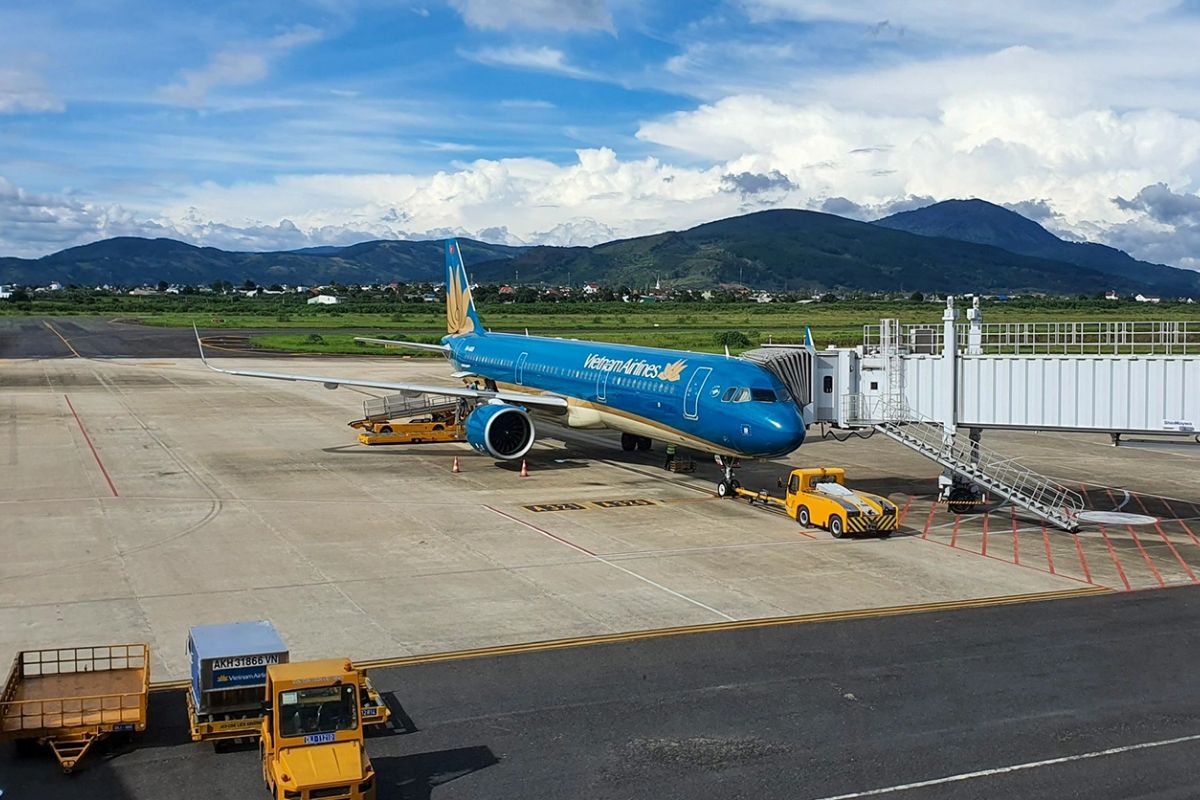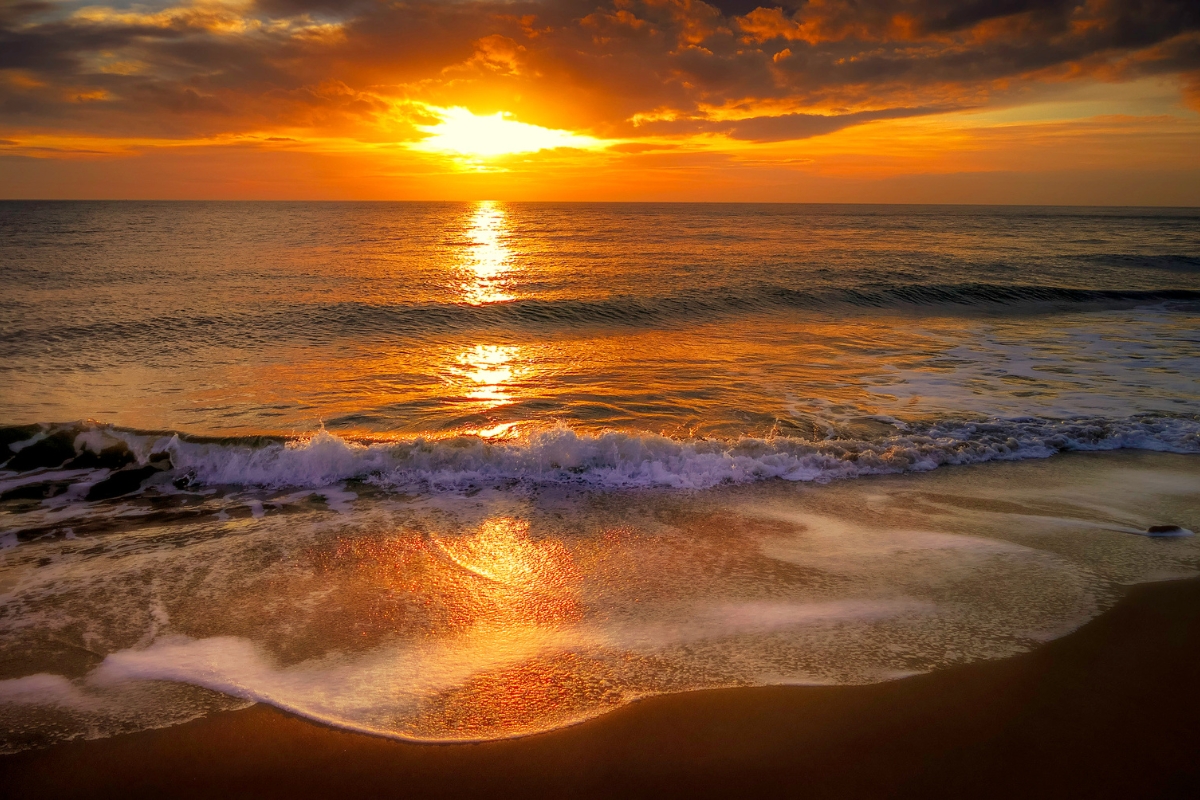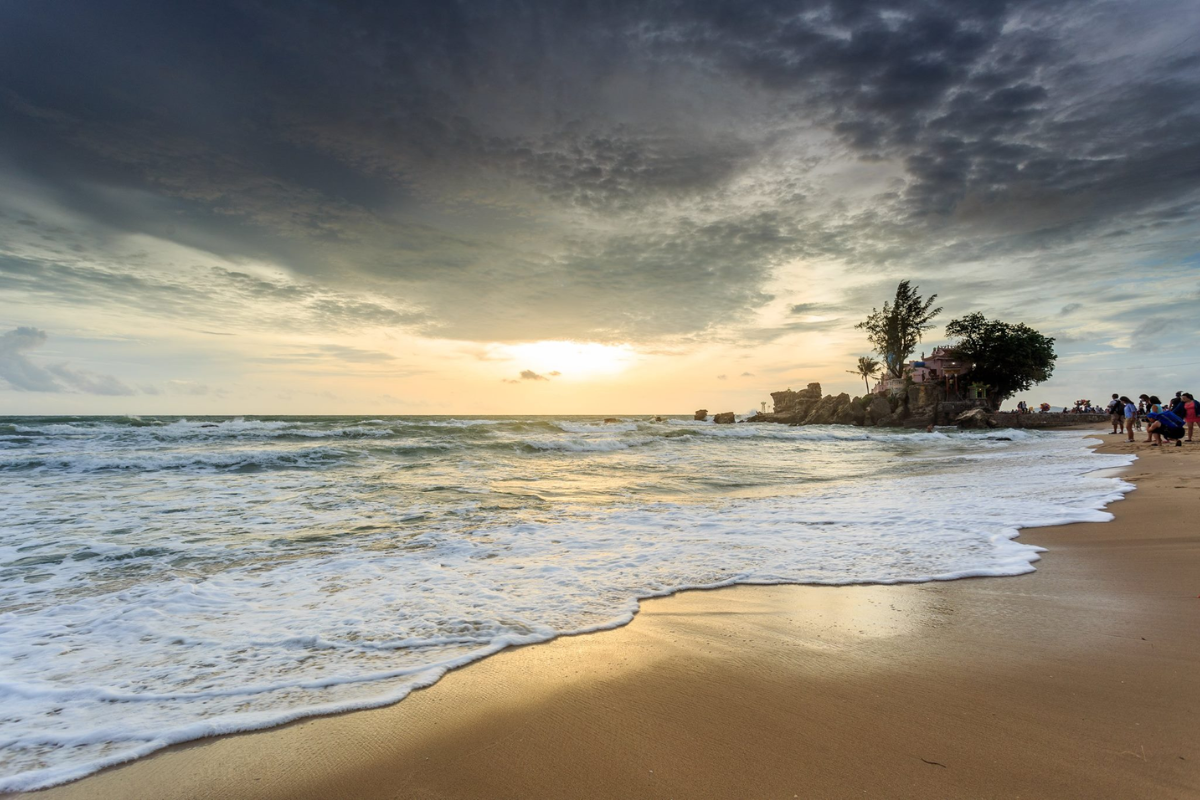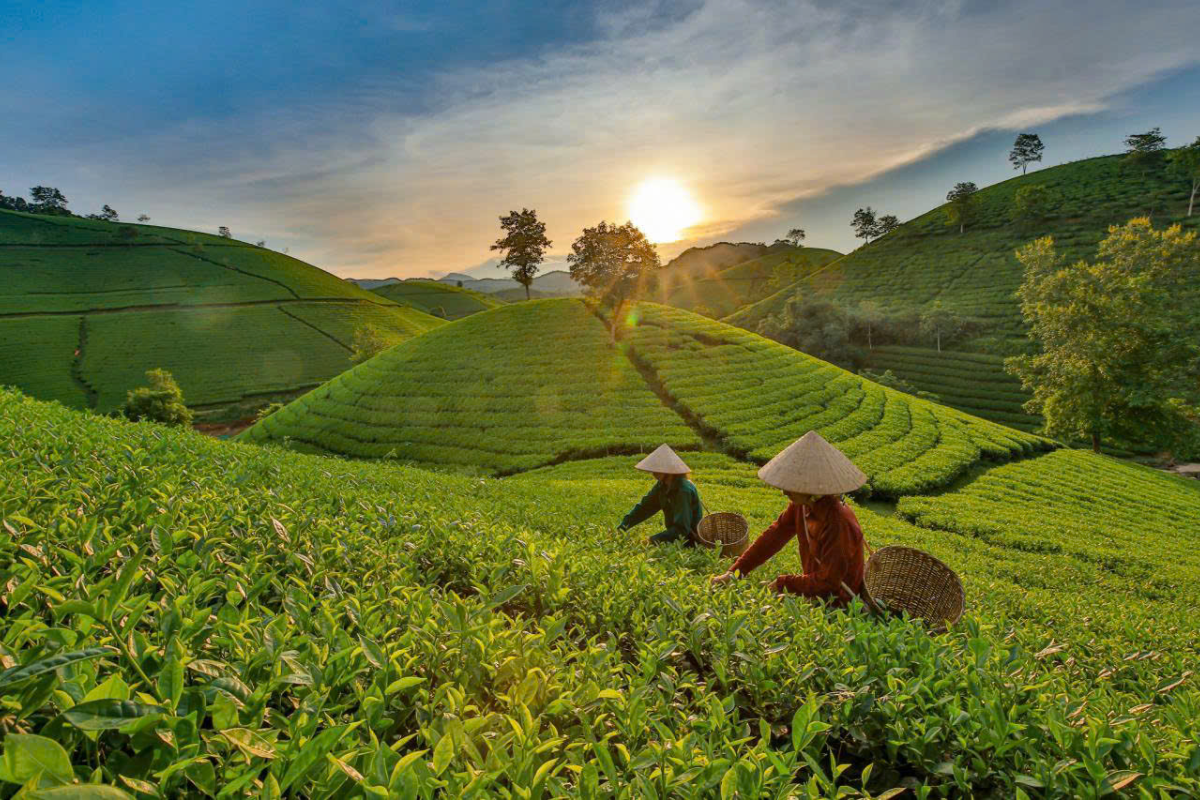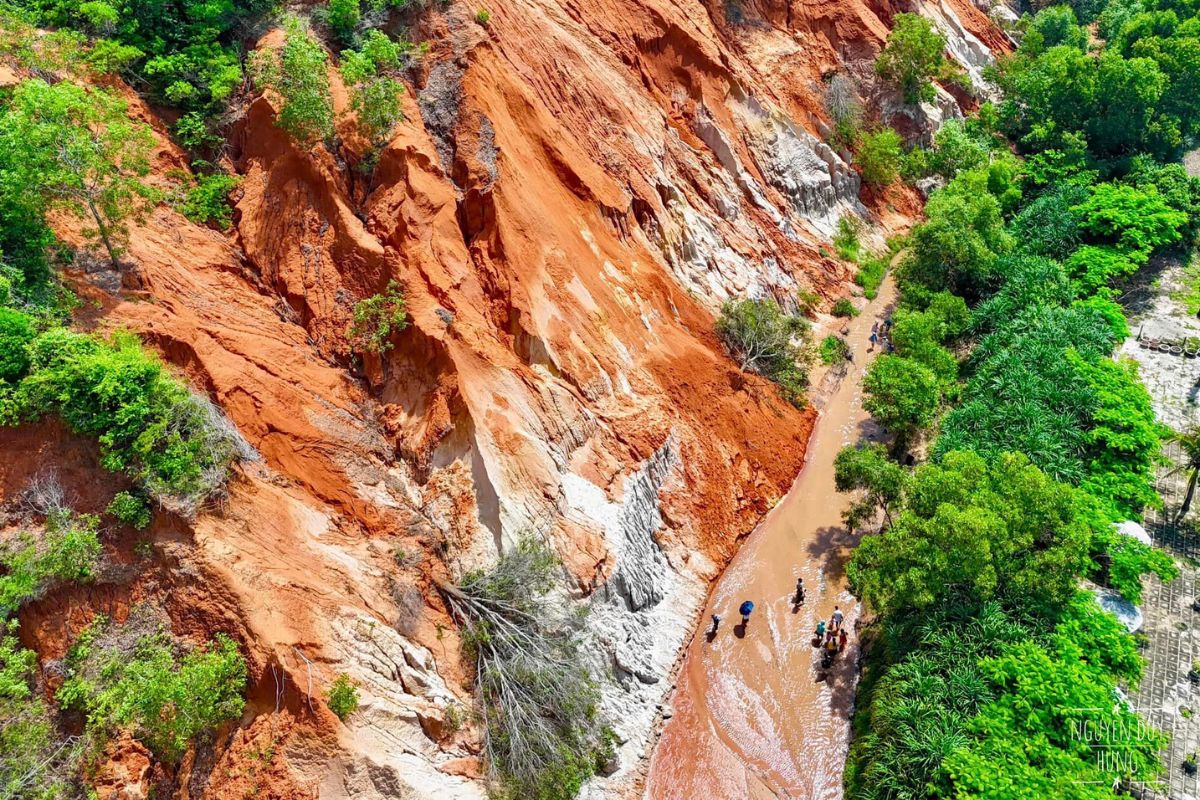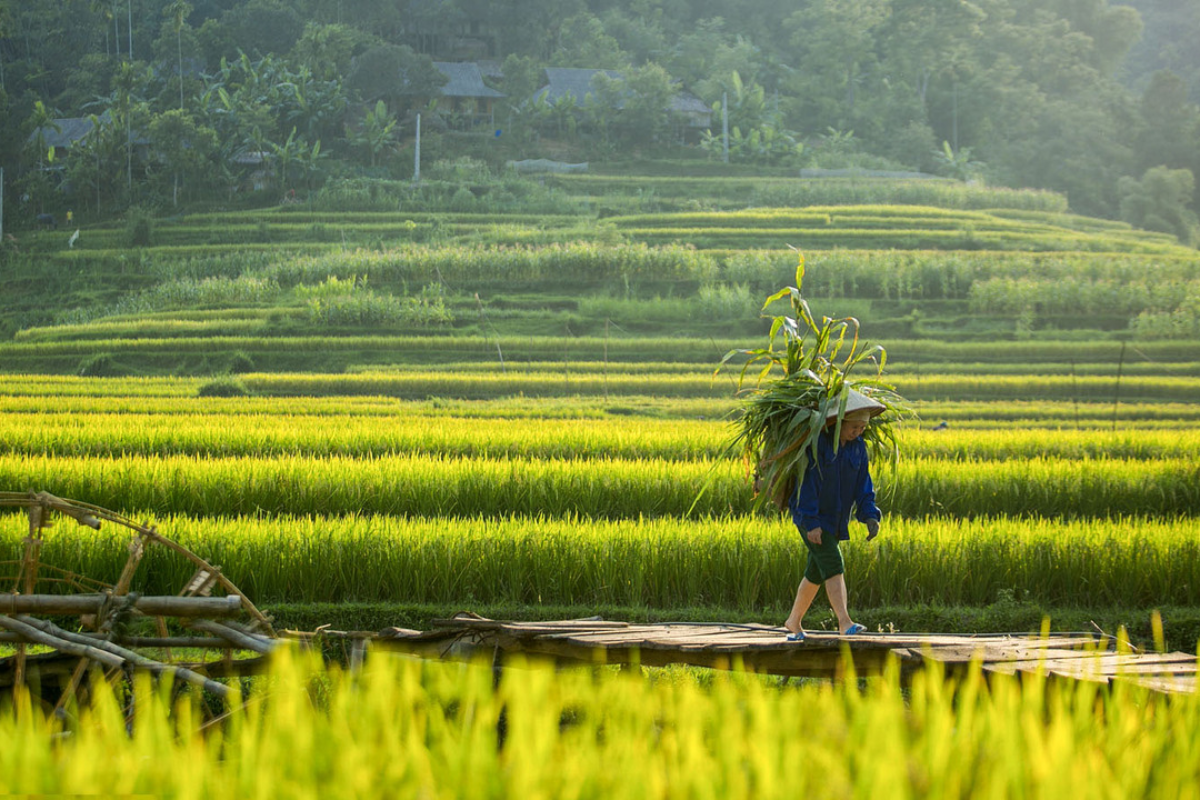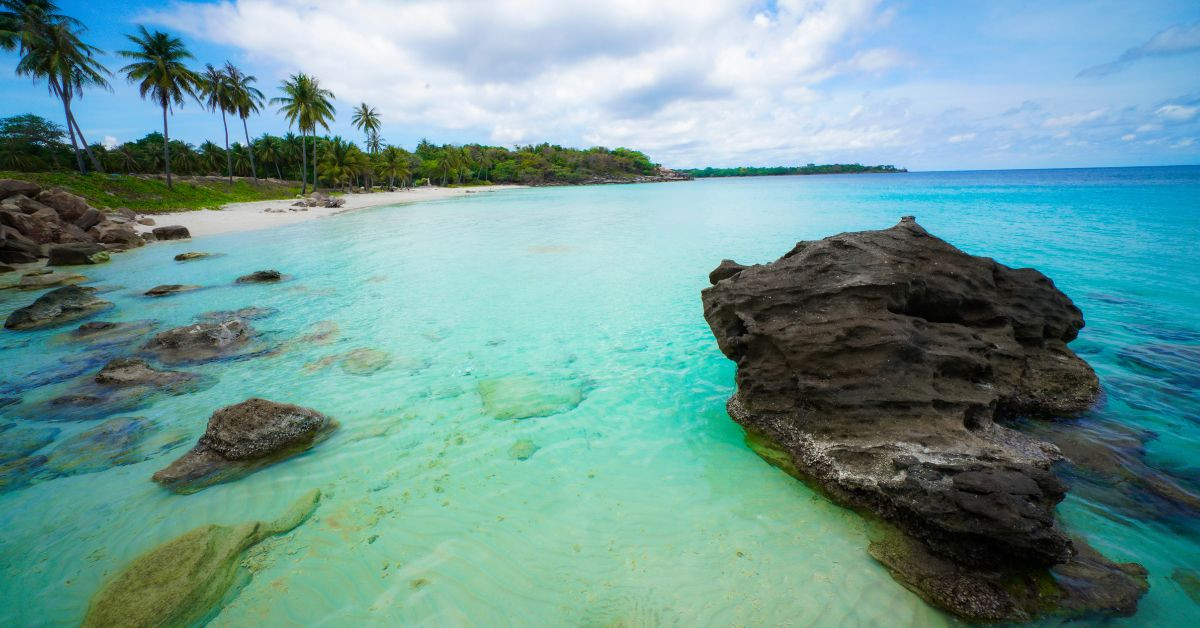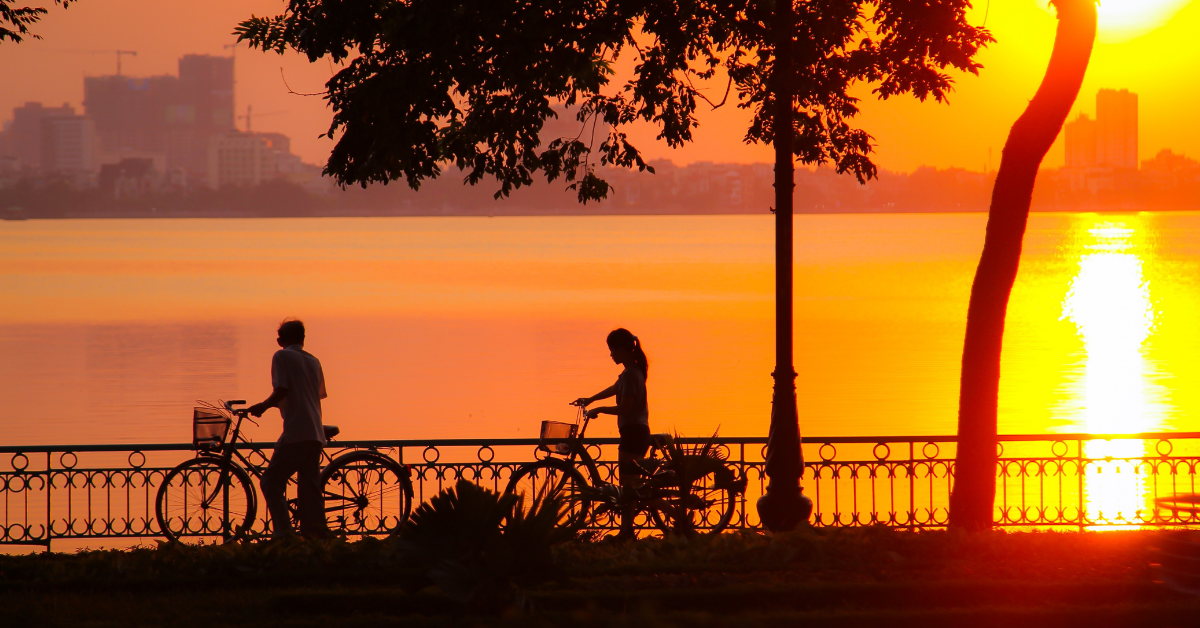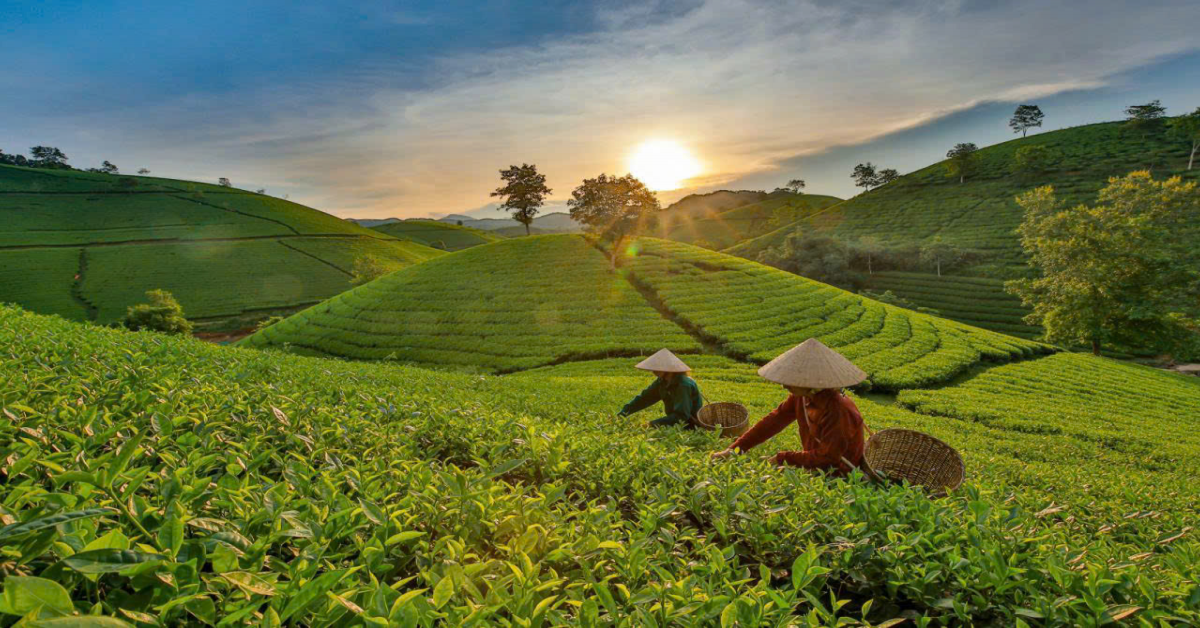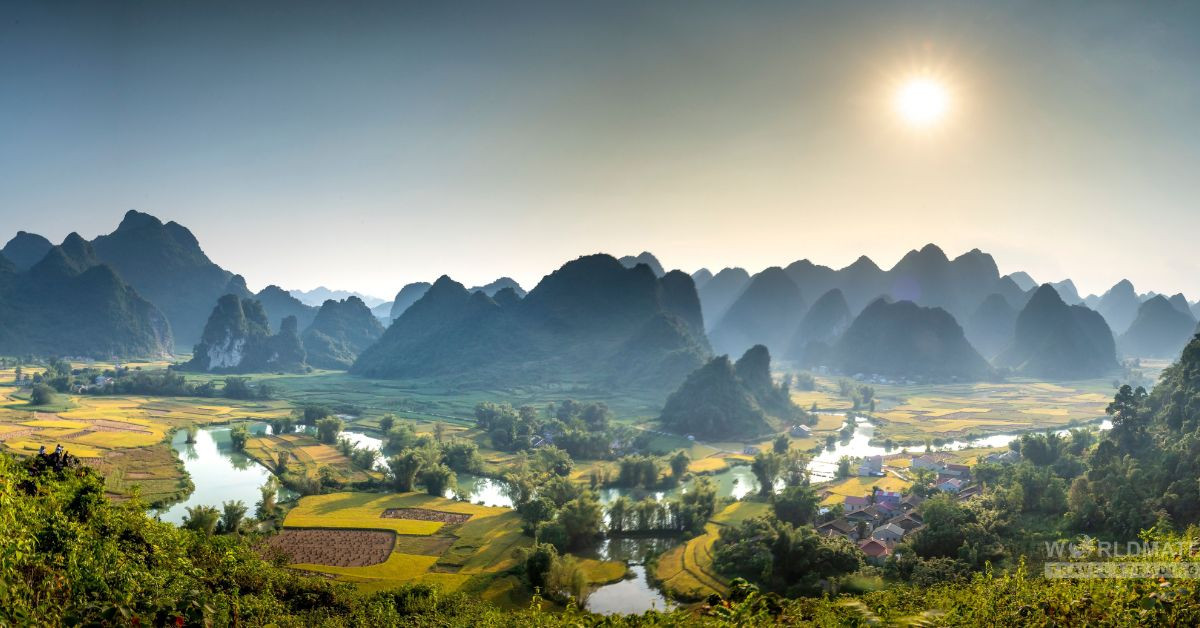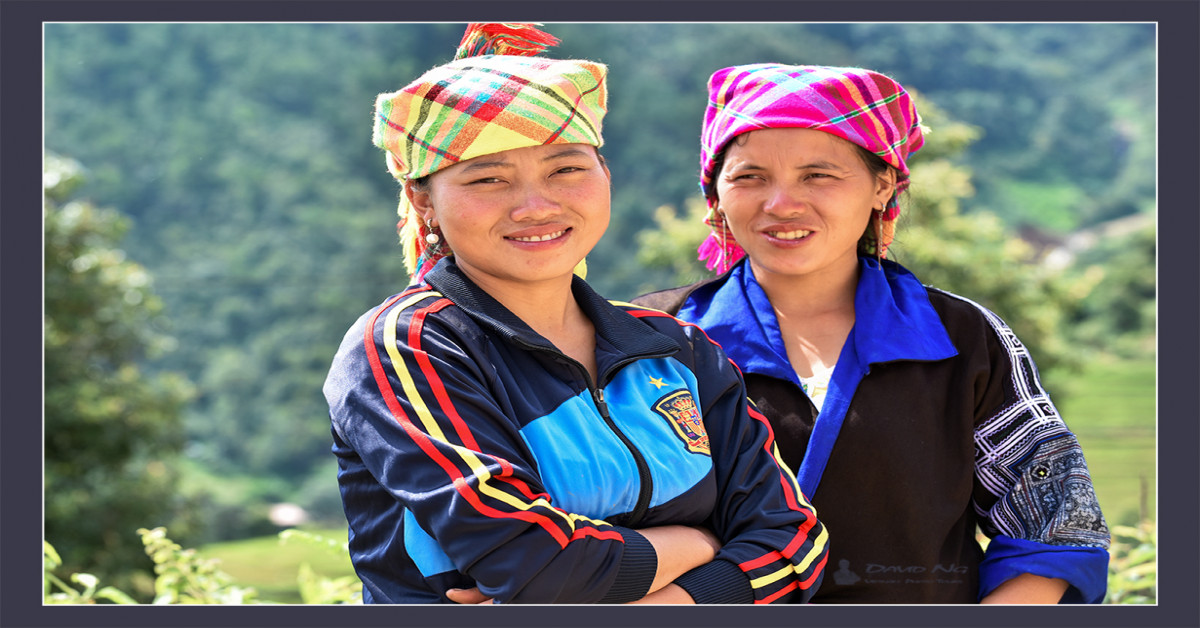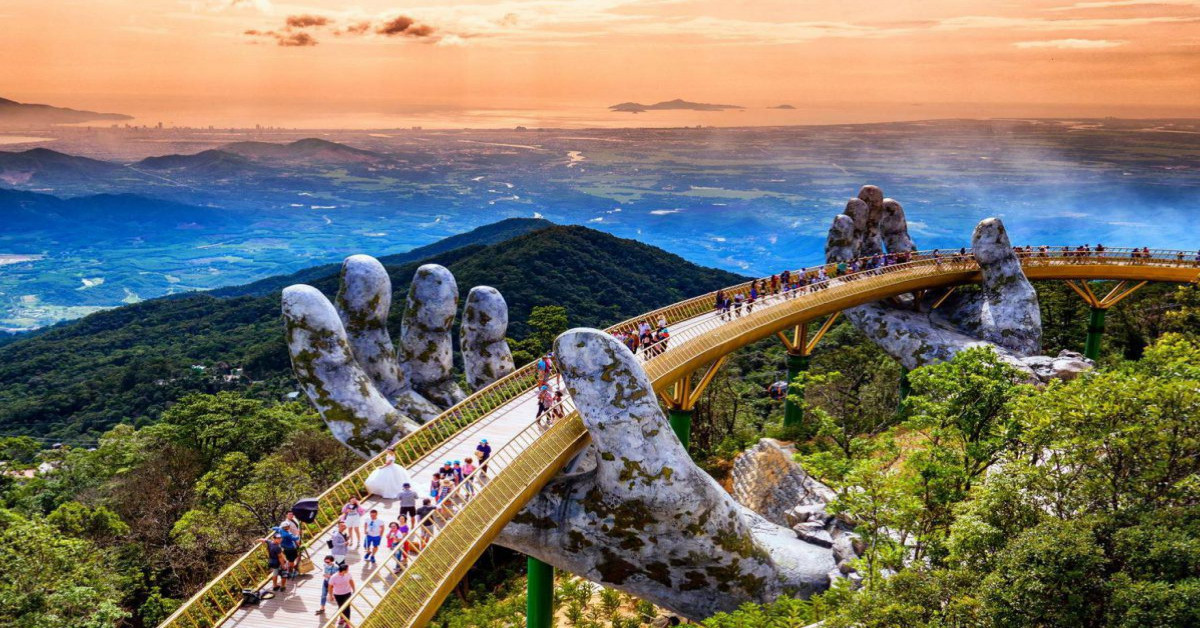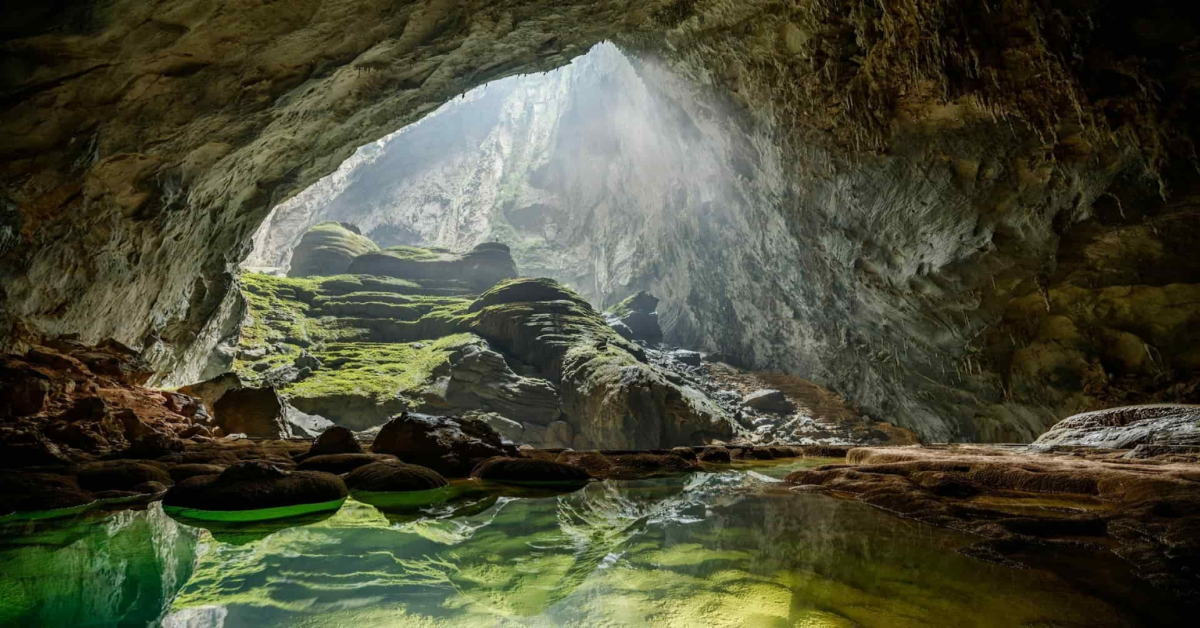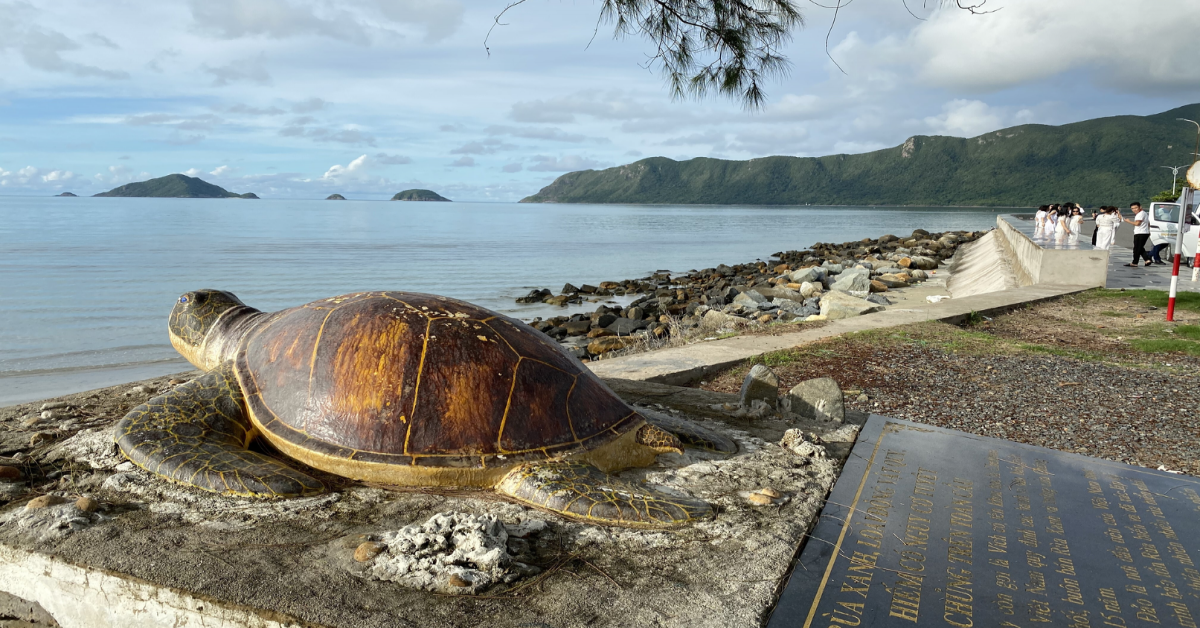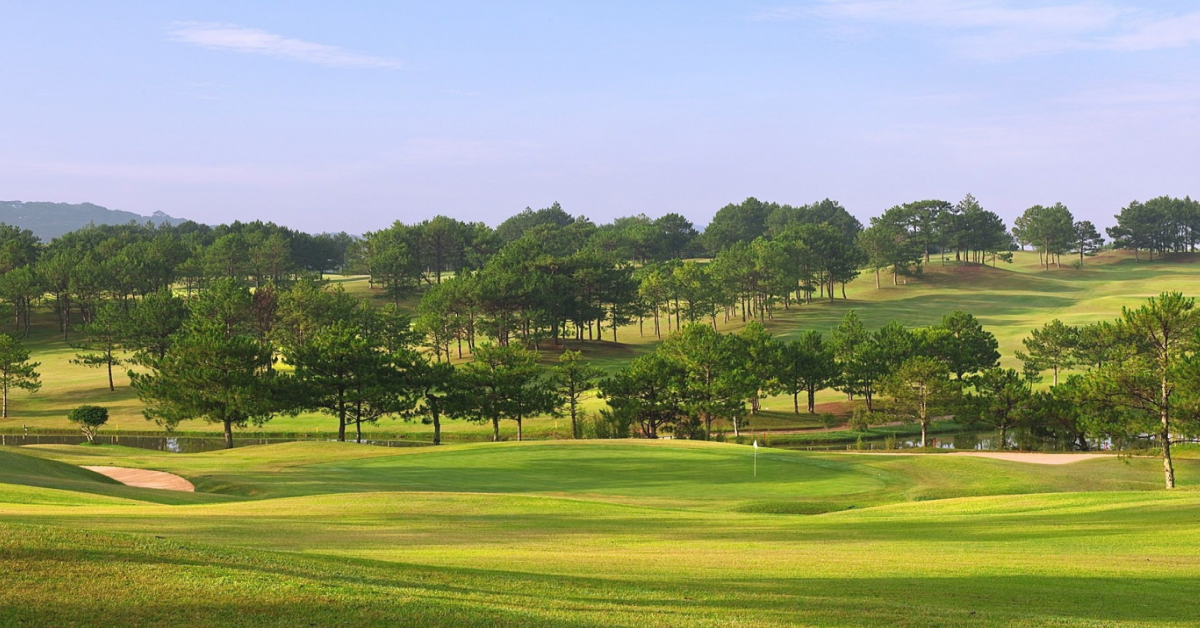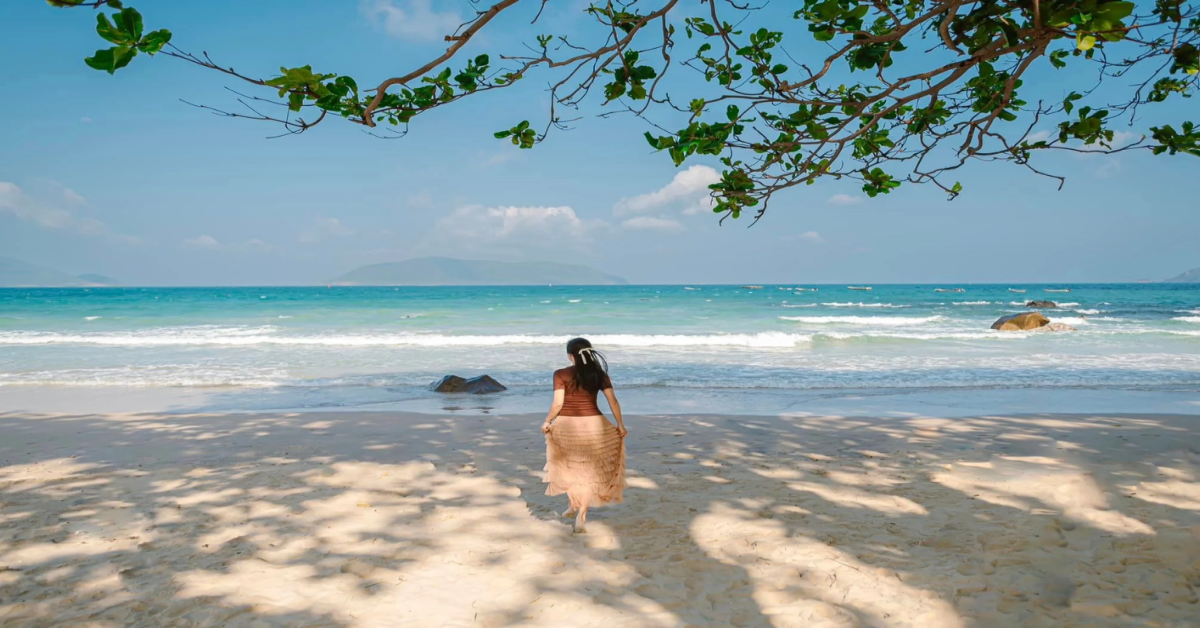Exploring the Perfume Pagoda: A Day Trip from Hanoi
Tucked away approximately 60 kilometers southwest of Hanoi, the Perfume Pagoda (Chùa Hương) stands as one of Vietnam’s most treasured spiritual and natural wonders. This sprawling Buddhist complex, cradled by dramatic limestone peaks, verdant valleys, and the gentle flow of the Yen River, offers an unforgettable escape from the bustling capital. For travelers eager to dive into Vietnam’s cultural soul, a day trip to this sacred site promises a harmonious blend of adventure, serenity, and discovery. Below is an in-depth guide to experiencing the Perfume Pagoda from Hanoi—an excursion that’s as much about the journey as the destination.
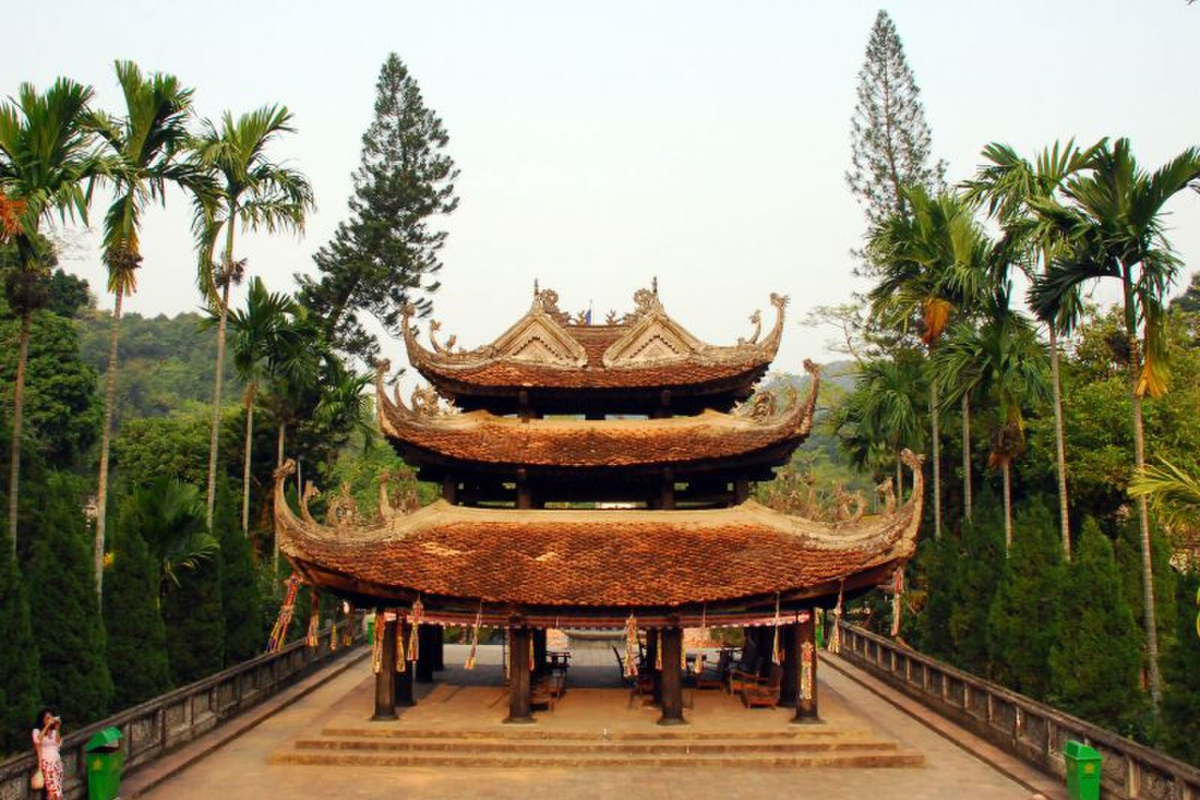
The Road to Tranquility: Getting There
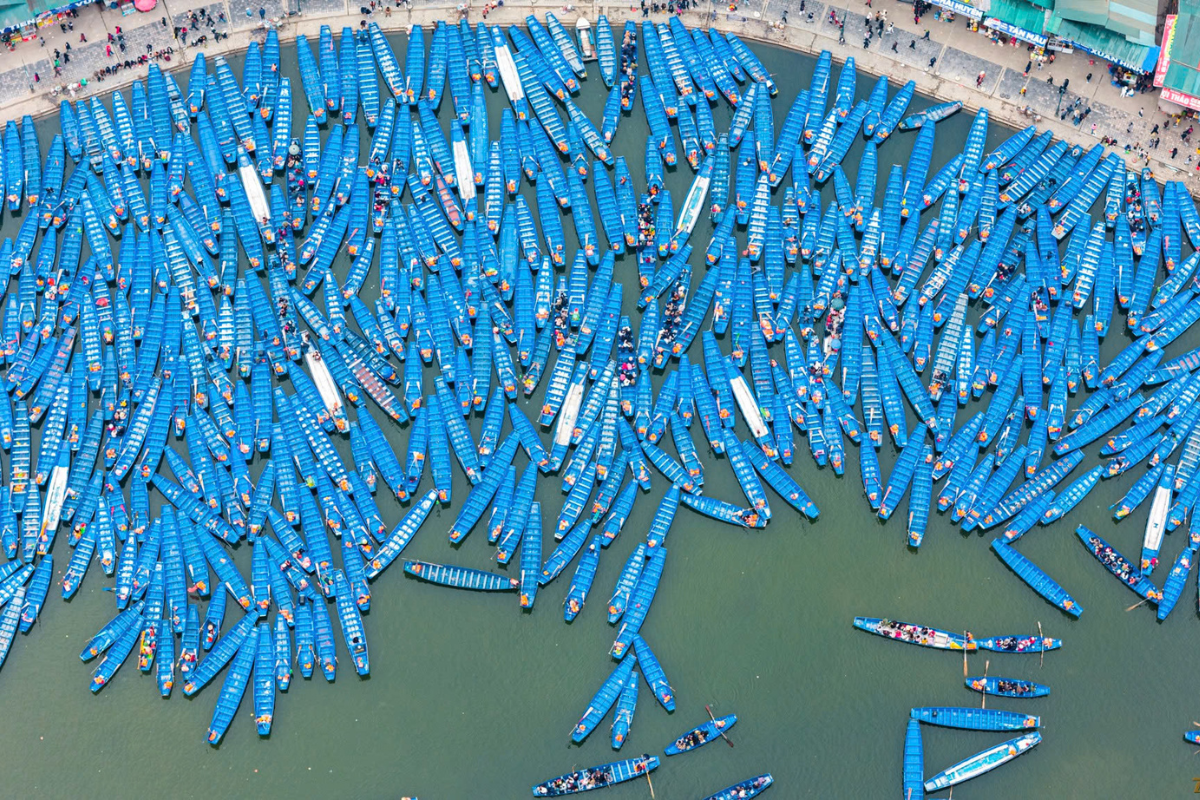
Your day begins with a scenic drive from Hanoi, a journey of about 1.5 to 2 hours depending on traffic and weather. As you leave the city’s vibrant chaos behind, the landscape gradually transforms into a patchwork of rice paddies, small villages, and rolling hills. The route winds through Vietnam’s rural heartland, offering glimpses of daily life—farmers tending fields, water buffalo grazing, and roadside markets brimming with local produce. This peaceful prelude sets the tone for the spiritual retreat awaiting you.
Upon reaching Yen Vy Wharf in Huong Son Commune, the real adventure unfolds. Here, you’ll step aboard a traditional wooden rowboat, often helmed by local women in conical hats, for a leisurely hour-long cruise down the Yen River. The waterway, flanked by lush greenery and towering karsts, feels like a scene from a painting. The rhythmic splash of oars and the occasional trill of birds create a meditative ambiance, inviting you to unwind and soak in the stunning surroundings. Keep your camera ready—the interplay of light on the water and the rugged cliffs ahead is a sight to capture.
Ascending to Huong Tich Cave: The Heart of the Pagoda
Once you disembark at the riverbank, the next leg of your pilgrimage beckons: the climb to Huong Tich Cave, the centerpiece of the Perfume Pagoda complex. You have two options to reach this sacred site perched atop Huong Tich Mountain. For the intrepid, a trek up a series of stone steps—worn smooth by centuries of pilgrims—offers a rewarding challenge, with panoramic views of the valley unfolding as you ascend. The path, shaded by ancient trees and dotted with small shrines, carries a quiet reverence that enhances the experience.
Alternatively, a modern cable car system provides a quicker, more comfortable ascent, whisking you over the treetops in just a few minutes. From the cable car, the landscape below reveals itself in full splendor—emerald hills stretching into the distance, punctuated by the occasional glint of the river. Whichever route you choose, the destination is worth it: Huong Tich Cave, a natural limestone cavern that houses the innermost temple of the Perfume Pagoda.
Stepping into the cave, you’re greeted by a cool, dimly lit interior where stalactites hang like chandeliers sculpted by time. The air carries a faint scent of incense, mingling with the earthy dampness of the rock. At the heart of the cave stands a revered statue of Quan Am, the bodhisattva of compassion, surrounded by offerings of flowers and fruit. This is a place of prayer and reflection, believed to grant blessings to those who visit with sincerity. During the Perfume Pagoda Festival (held from the first to the third lunar month, typically January to March), the cave buzzes with pilgrims, their chants and candles illuminating the space in a vibrant celebration of faith.
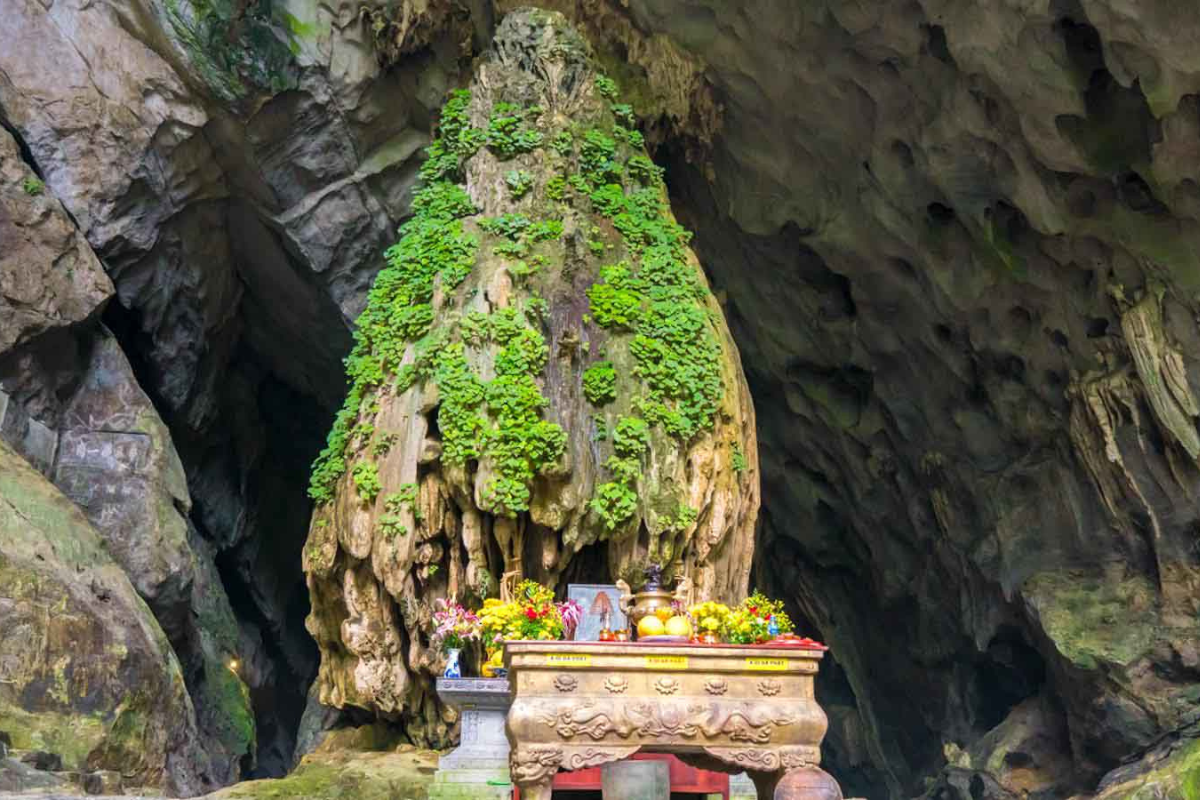
A Trail of Temples: More to Explore
The Perfume Pagoda isn’t confined to Huong Tich Cave alone—it’s a sprawling network of temples and pagodas woven into the mountainside. Your journey often begins at Thien Tru Pagoda, known as the “Heavenly Kitchen,” a striking seven-story structure at the base of the mountain. Built in the 17th century and later restored, this tower blends architectural elegance with historical weight. Its tiered design, framed by the surrounding peaks, makes it a photographer’s delight and a peaceful spot to linger.
As you move along the paths—whether by foot or cable car—you’ll encounter smaller sanctuaries, each with its own character. Some are humble stone altars tucked into rocky alcoves, while others feature intricate carvings and statues of Buddhist deities. These lesser-known stops offer quiet moments to appreciate the area’s deep spiritual roots and the devotion of those who’ve tended these sites for generations. The interplay of nature and human craftsmanship here is seamless, with the landscape itself feeling like part of the sacred narrative.
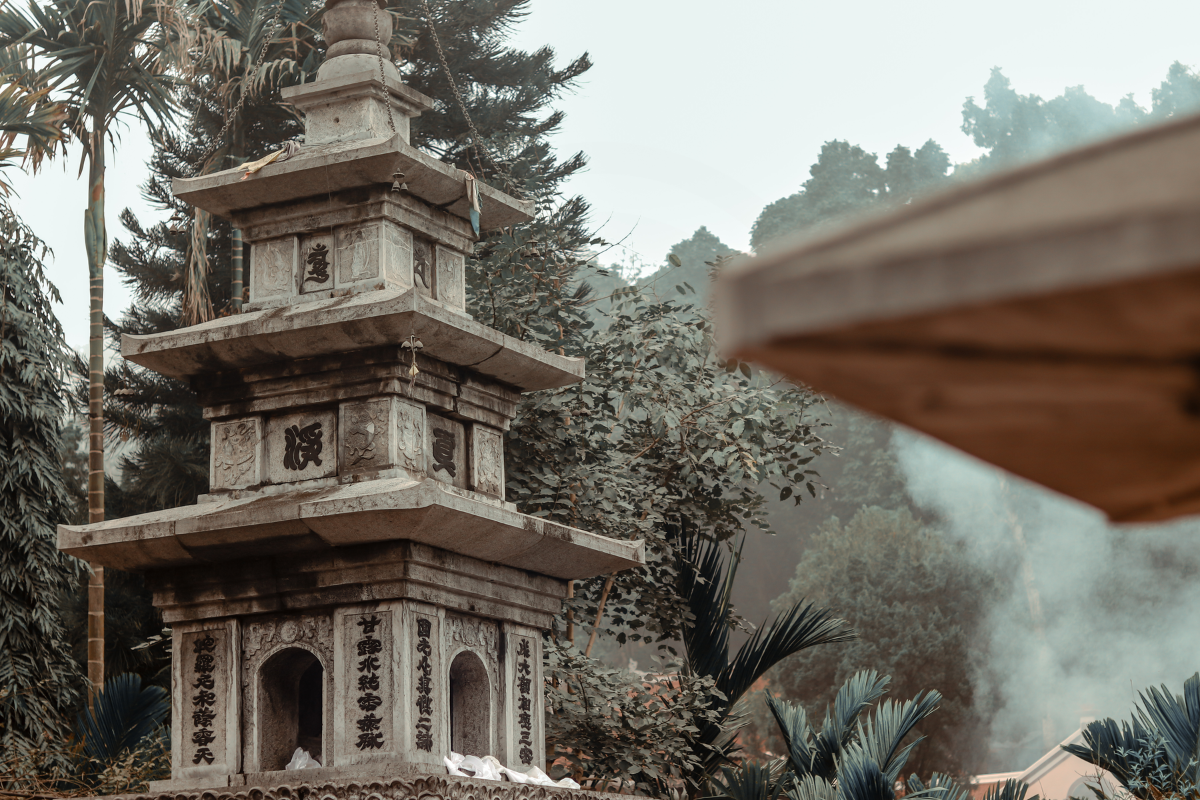
Practical Tips for a Seamless Visit
- Duration: A full day trip from Hanoi typically spans 6 to 8 hours, including travel time. Departing early (around 7-8 AM) ensures you can explore at a leisurely pace without feeling rushed.
- Cost: Budget around $40-$50 USD per person, which generally covers round-trip transportation, the boat ride, cable car fees, and a guide. Prices may vary depending on whether you join a group tour or arrange a private trip.
- What to Bring: Comfortable walking shoes are a must, especially if you opt to hike. Pack sunscreen, a hat, and sunglasses to shield against the sun, particularly in warmer months. Light snacks and a water bottle will keep you energized, though simple food stalls are available near the wharf and temples.
- Best Time to Visit: The cooler, drier months from November to April are ideal, offering pleasant weather for outdoor exploration. Spring (February to April) coincides with the festival season, adding a lively cultural dimension, though expect larger crowds.
- Etiquette: Dress modestly out of respect for the religious setting—shoulders and knees should be covered. Keep noise to a minimum in the temples and caves to honor the sanctity of the spa
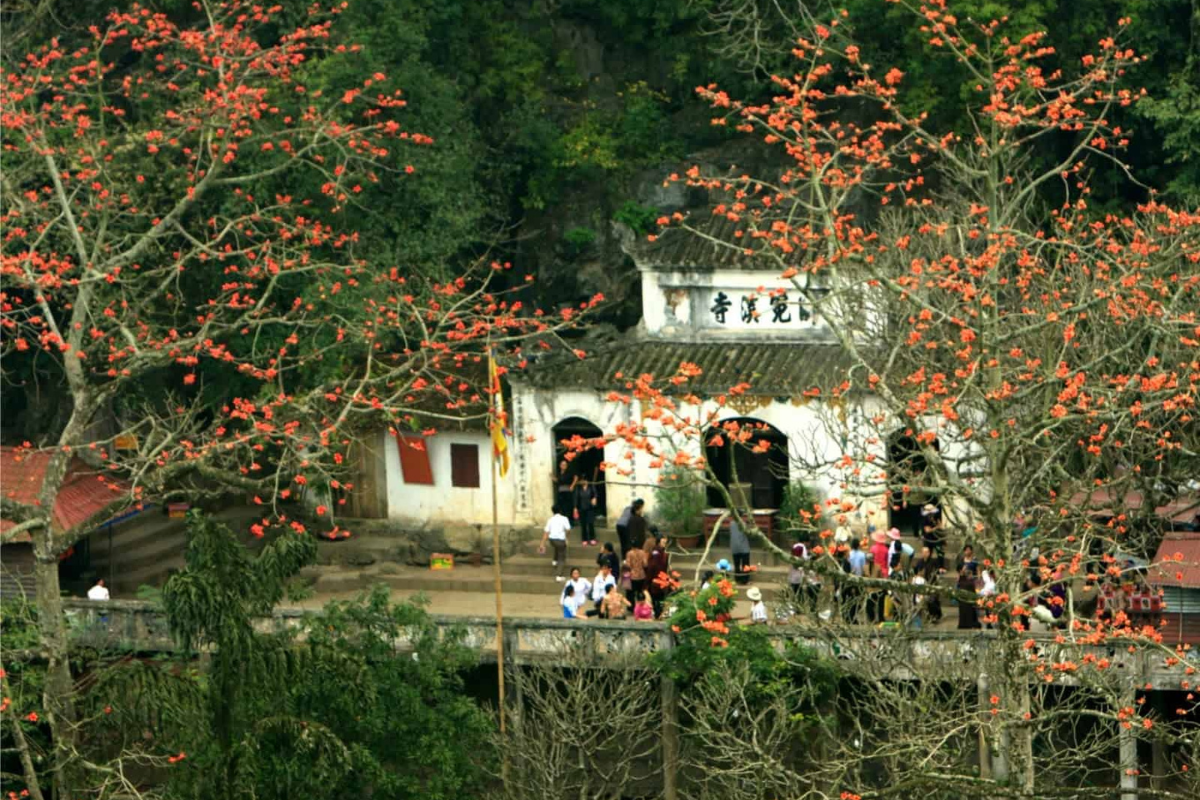
Why Visit? A Tapestry of Nature and Spirit
The Perfume Pagoda is more than a tourist stop; it’s a journey into Vietnam’s soul. The serene boat ride along the Yen River, the rugged beauty of Huong Tich Cave, and the timeless allure of the temples weave together an experience that’s both grounding and uplifting. For some, it’s a chance to connect with nature’s grandeur; for others, it’s a pilgrimage to a place of profound meaning. And during the festival, when thousands flock to pray and celebrate, the site pulses with a collective energy that’s hard to forget.
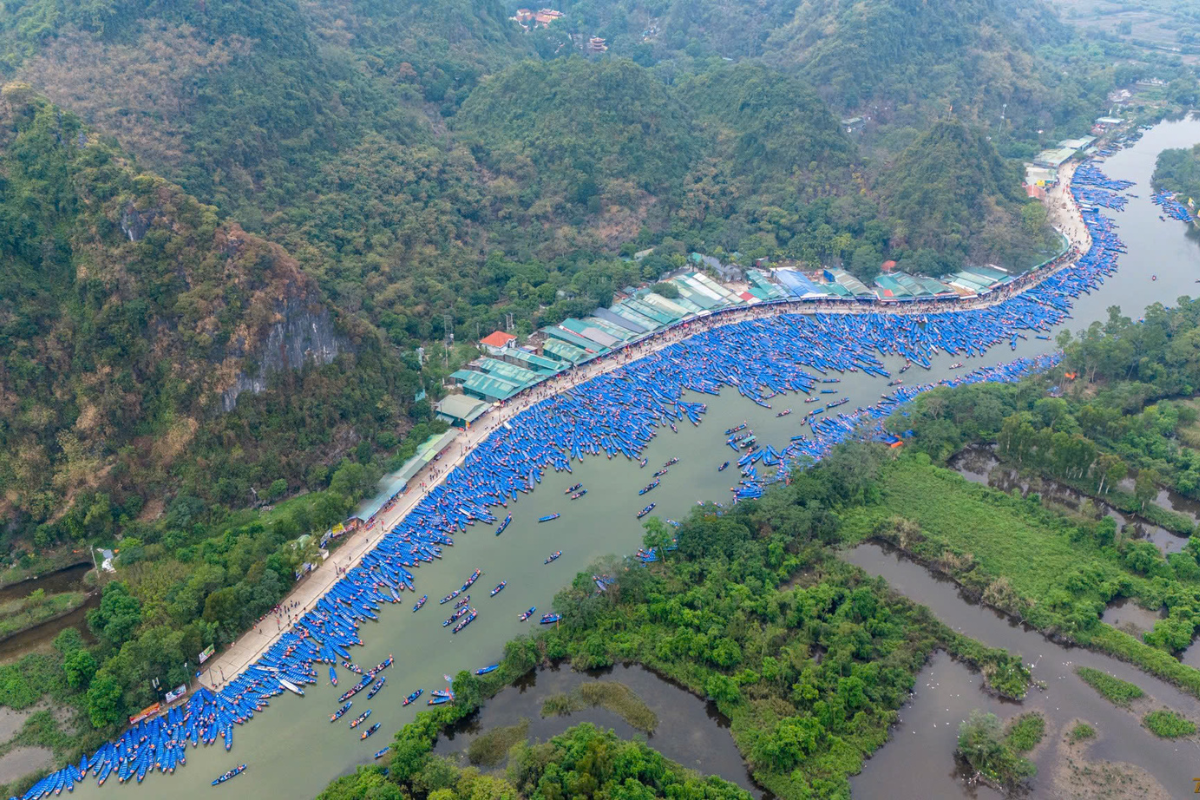 Whether you’re a history buff, a nature lover, or simply a curious traveler, this day trip from Hanoi offers a rare glimpse into a world where tradition and tranquility reign. So, lace up your shoes, board that boat, and let the Perfume Pagoda reveal its magic—one step, one paddle, one breathtaking view at a time.
Whether you’re a history buff, a nature lover, or simply a curious traveler, this day trip from Hanoi offers a rare glimpse into a world where tradition and tranquility reign. So, lace up your shoes, board that boat, and let the Perfume Pagoda reveal its magic—one step, one paddle, one breathtaking view at a time.
How to get to Perfume Pagoda from Hanoi?
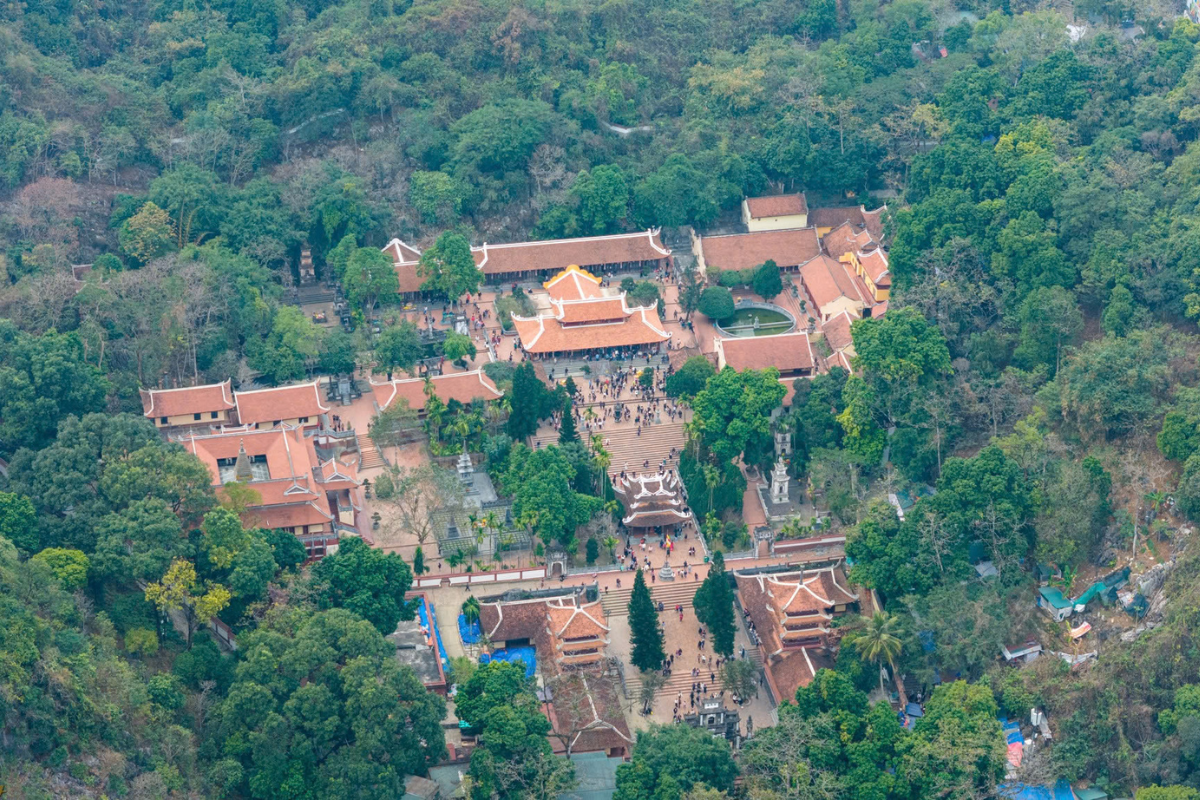
There are several transportation options that you can consider to travel to Perfume Pagoda from Hanoi: motorbike, car, taxi, or bus. Whether you prefer the freedom of a motorbike, the comfort of a car, the convenience of a taxi, or the affordability of a bus, there is always something that will suit your needs.
- By motorbike: The route Nguyen Trai - Thanh Xuan - Ha Dong - Ba La - Van Dinh will take you to Perfume Pagoda in just under two hours.
- By car: Phap Van - Cau Gie - Dong Van - National Road 38 - Dau Market - Perfume Pagoda is the best route to take. It takes only around one hour.
- By taxi: Taking a taxi is the way to go if you want a hassle-free experience. Several reputable taxi companies operate in Hanoi, which will take you directly to your destination.
- By bus: If you are looking for a more economical option, taking a bus is a great choice. The bus routes 211, 78, and 75 all travel to Huong Pagoda.
